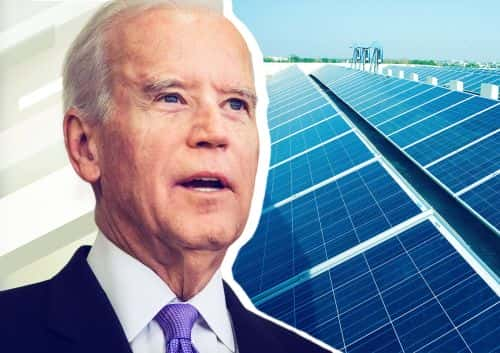Are you still watching?
Netflix’s familiar prompt when binge watching a show now points to an urgent issue facing the streaming giant: Subscribers, no longer stuck in a binge-prone pandemic stasis and with more competitors than ever to choose from, are no longer a captive audience and are increasingly tuning out.
Netflix suffered the first loss in worldwide subscribers in a decade, deepening troubles that have been mounting since a surge from a locked-down audience during the pandemic’s early stages began to fade.
Shares of Netflix plunged more than 36% in Wednesday morning trading.
How bad is it? Management predicted a conservative gain of 2.5 million subscribers. Instead, Netflix reported its customer base fell by 200,000 subscribers during the January-March period, according to a quarterly report released Tuesday. “The big COVID boost to streaming obscured the picture until recently,” co-CEO Reed Hastings said in a letter to investors. Another culprit is widespread password sharing, he said. Hastings estimated that Netflix is being shared with over 100 million households worldwide, with about 30 million in the U.S and Canada.
The company recently announced it was taking steps to put the kibosh on sharing accounts, testing new features in Chile, Costa Rica and Peru that would require paying extra if users want to share their account with someone outside their household. Hastings indicated in Tuesday’s earnings call that this could also be coming to the U.S. in around a year’s time. Also possibly to blame for Netflix’s woes? A price hike in January, which Netflix said was to “continue to offer a wide variety of quality entertainment options.” Its basic plan starts at $9.99, up from $8.99 previously.
The popular Standard plan, which supports high-definition content and allows users to watch separately on two screens, jumps from $13.99 to $15.49. The Premium plan, which offers Ultra HD and supports up to four screens simultaneously, will increase from $17.99 a month to $19.99 a month.




